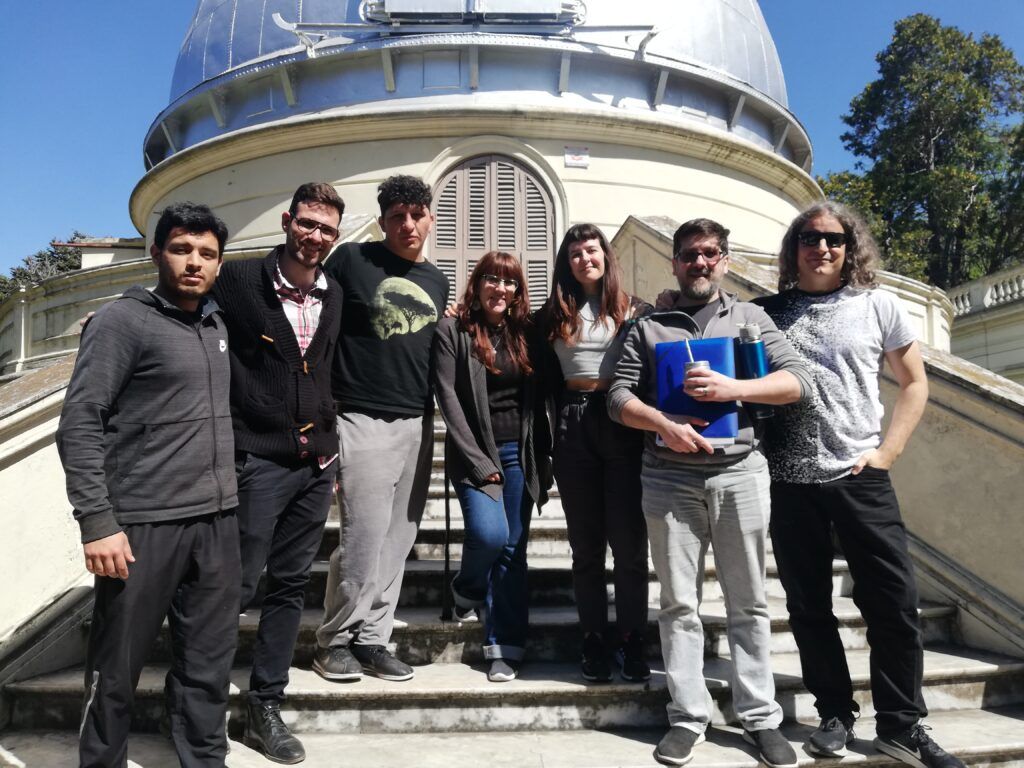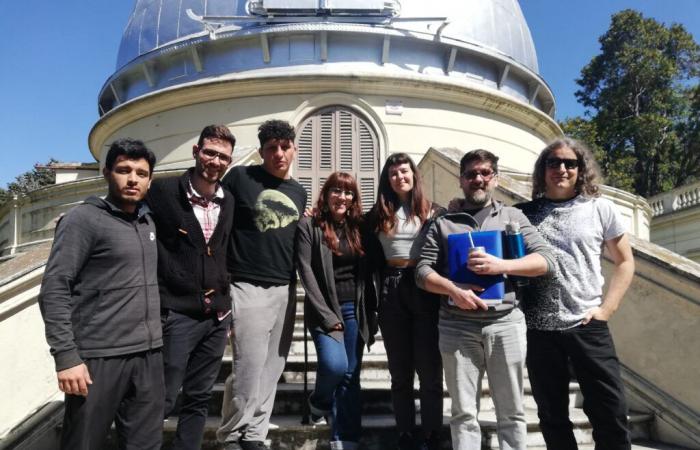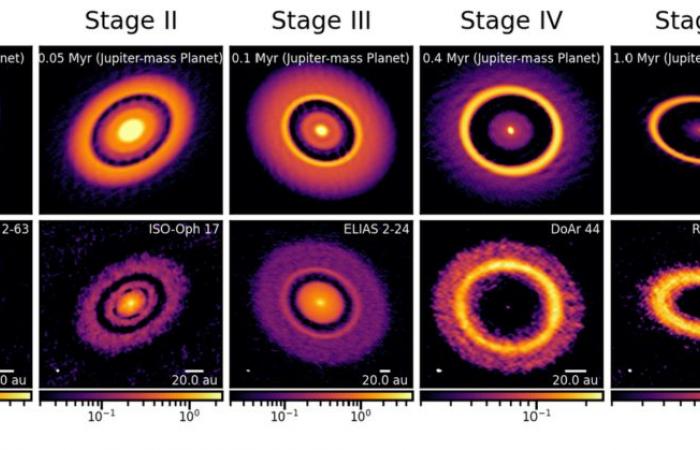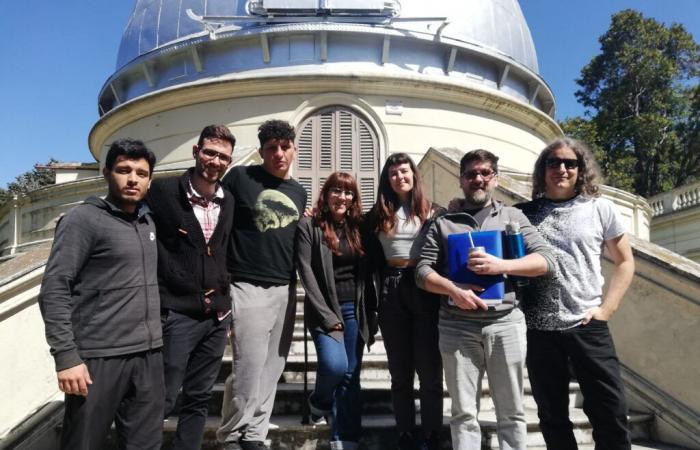By Santiago Orcajo
In 2014, the huge network of radio telescopes located in Antofagasta (Chile) known as Alma (Atacama Large Millimeter Array) obtained the first images of ultra-high definition of a gas and dust disk around a star. Astronomers were surprised to discover that the album around the star HL Tau presented gaps and rings on that album and began to speculate that these structures were due to the presence of planets in formation.
“These characteristics are almost certainly the result of bodies similar to planets that are being formed on the album. This is surprising, since such young stars are not expected to have planets capable of producing the structures we see in this image,” said Stuartt Corder, who was a soul deputy director at that time.
The subsequent high -resolution observation campaigns made with Alma showed that the rings and gaps are very common in the protoplanetary discs, which further challenged our understanding of the planetary formation process and generated significant skepticism about the planetary origin of these structures. So much so, for years astronomers explored many alternative explanations for the observed structures, including complex instabilities and magnetic and chemical effects.
Despite this, opinions in the field were still divided and many research groups continued to study the planetary training scenario as an explanation for the origin of the rings and gaps observed by Alma. In 2021, an international team of experts, led by Chilean astronomers, proposed an evolutionary sequence to explain the diversity of structures observed in the discs, in the context of the formation of giant planets (such as Jupiter in our solar system) through the so -called “core accretion model” and subsequent interactions between the newly formed planets and the discs. However, this proposed scenario was mostly speculative and lacked a detailed support.
Using numerical models of the evolution of gas and dust on protoplanetary discs with protoplanets immersed in them, a recent study – which also involves an international team of astronomers – led by Dr. Santiago Orcajo del del Institute of Astrophysics of La Plata (National University of La Plata-CONICET) has managed to reproduce each of the stages of the evolutionary sequence proposed above, providing very solid evidence in favor of the scenario in which the gaps and rings observed in the discs are produced by the presence of planets in formation or already trained. The evolutionary sequence consists of five different stages that can be followed in the video that accompanies this note:
Eabi i) Very young discs with little marked structures or without obvious substructures, corresponding to a time when protoplanets are not massively sufficiently sufficiently to open notable gaps on the discs.
-Stage II) Discs with relatively narrow but clearly defined gaps and rings, indicating the growth of protoplanets.
EAPA III) A rapid widening of the gaps due to the sudden increase in the mass of some planets when they acquire their gaseous wraps. This stage includes the rapid accumulation of dust at the outer edges of the gaps (the internal limits of the outer discs) due to the “pressure barriers” generated by the newly formed giant planets, which stop the migration of the dust inwards.
Etapa iV) Filtration of dust at the edges of the cavities, resulting in dust impoverished internal discs. The millimeter size dust of the outer discs moves efficiently and accumulates at the edges of the gaps.
Etapa v) Eventually, internal dust discs are completely drained into the star, and exterior discs become narrow rings (or in narrow rings collections).
El panel superior de la imagen muestra los modelos numéricos obtenidos por computadora, recientemente publicados por Santiago Orcajo y el equipo de especialistas, de cada una de las etapas evolutivas de las subestructuras inducidas por planetas propuestas por Cieza et al. (2021). Los paneles inferiores muestran imágenes reales de ALMA de discos que corresponderían a cada etapa.
The results, published in Astrophysical Journal Letters, demonstrate that the immense diversity of structures observed in protoplanetary discs can be understood in terms of a unified evolutionary sequence of planet -induced substructures. The implications are deep, beginning with the fact that the structures observed in HL Tau more than a decade are, most likely, a consequence of planets. This idea underlines our current limitations to explain the very rapid formation of planets at great distances from its host stars. This line of research can also be used as a “planet detection technique” and allows the possibility of identifying a large population of young planets opening gaps, a population that is currently at the limit of the most direct detection methods.

It is important to note that this work was carried out mainly among members belonging to the group of planetary astrophysics of La Plata and colleagues in Chile, in particular with the professors Lucas Cieza of the Diego Portales University (main researcher of the Odyssey observation campaign, which observes the discs in the Molecular Cloud of Ofiuco using the Alma Observatory), Sebastián Perez and Fernando Rannou of the University of Santiago de Chile.
Source: Institute of Astrophysics of La Plata.








